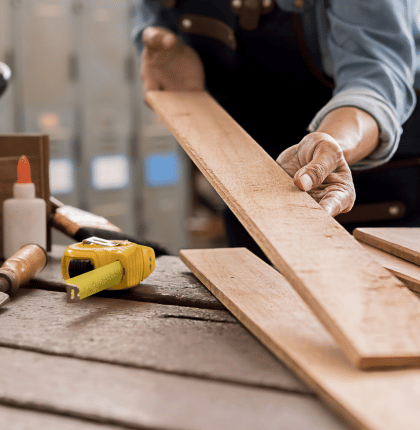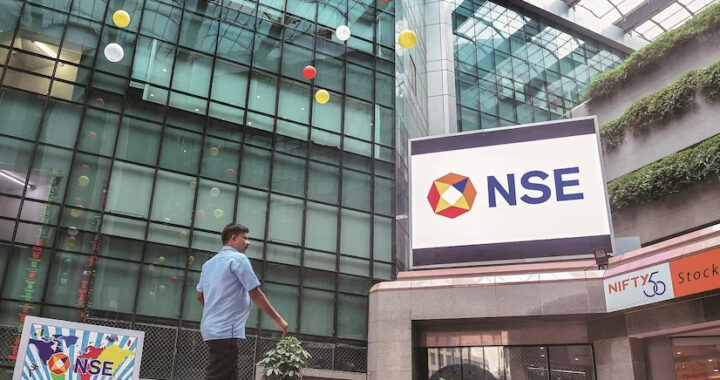Trends in Millwork Design and Its Impact on Shop Drawings

Millwork design is key in modern architecture and interior design, influencing both aesthetics and functionality. This article delves into current trends in millwork design and their profound impact on the process of creating shop drawings.
Contemporary advancements in materials, sustainability considerations, and technological innovations play significant roles in shaping the detailed and precise nature of these drawings. Architects, designers, and drafters are increasingly challenged to collaborate effectively, leveraging these trends to innovate and integrate millwork seamlessly into architectural spaces.
By understanding these evolving trends, professionals can not only enhance the visual appeal of spaces but also ensure practical functionality and sustainability in their designs. This exploration underscores the dynamic interplay between creativity and technical precision in the realm of millwork design and its crucial role in shaping modern architectural practices.
Current Trends in Millwork Design
Sustainability and Materials
Modern millwork design increasingly emphasizes sustainability. Designers and manufacturers opt for eco-friendly materials such as reclaimed wood, bamboo, and engineered wood products. These materials reduce environmental impact and offer unique textures and finishes that add character to interiors.
Integration of Technology
Technology has revolutionized millwork design and production. Computer-aided design (CAD) software allows designers to create precise, detailed shop drawings that translate directly into manufacturing instructions. This integration streamlines the production process, reduces errors, and facilitates customization to meet client specifications.
Versatility in Design
Contemporary millwork design embraces versatility. From minimalist Scandinavian-inspired aesthetics to ornate classical styles, millwork can be tailored to suit diverse architectural themes and client preferences. This flexibility allows for creative expression while ensuring functional integration within the space.
Innovative Applications
Millwork is no longer limited to traditional uses such as cabinetry and paneling. Designers are exploring innovative applications such as sculptural installations, integrated storage solutions, and multi-functional furniture pieces. These creative approaches blur the lines between artistry and functionality, enhancing the overall design narrative.
Impact on Shop Drawings
Precision and Detail
The evolution of millwork design demands shop drawings that are precise and detailed. CAD software enables designers to create intricate 3D models and technical drawings that account for dimensions, material specifications, joinery techniques, and installation requirements. This level of detail ensures accuracy during manufacturing and installation processes.
Collaboration and Communication
Detailed shop drawings serve as a crucial communication tool between designers, manufacturers, and contractors. Clear annotations, material callouts, and assembly instructions facilitate seamless collaboration and prevent misunderstandings during the construction phase. This collaborative approach minimizes costly errors and delays, enhancing project efficiency.
Customization and Flexibility
The customization trend in millwork design necessitates shop drawings that accommodate unique client preferences and project requirements. CAD software allows for iterative design changes and real-time adjustments, ensuring that shop drawings evolve in tandem with the design development process. This flexibility lets designers respond promptly to client feedback and refine details without compromising quality.
Integration of Building Information Modeling (BIM)
Building Information Modeling (BIM) enhances the synergy between millwork design and overall building design. BIM software facilitates the integration of millwork components into the broader architectural framework, enabling designers to visualize spatial relationships, detect clashes, and optimize installation sequences. This holistic approach improves project coordination and enhances design coherence.
The Final Note
To sum it up, the evolution of millwork design reflects broader trends in architecture and interior design, emphasizing sustainability, technological integration, versatility, and innovation. These trends not only influence the aesthetic appeal of interior spaces but also reshape the process of creating shop drawings.
By adopting advanced technologies and collaborative practices, designers can elevate the craftsmanship and functionality of millwork while meeting the evolving needs of clients and projects.
Millwork design continues to evolve as a dynamic intersection of creativity, craftsmanship, and technological innovation, shaping the built environment for generations to come.

 Latest Updates on NSE Unlisted Share Price: What You Need to Know
Latest Updates on NSE Unlisted Share Price: What You Need to Know  Best Places for Currency Exchange in Kolkata: A Complete Guide
Best Places for Currency Exchange in Kolkata: A Complete Guide  7000 Puffs Crystal Prime: Your Go-To Manual for the Best Vaping Experience
7000 Puffs Crystal Prime: Your Go-To Manual for the Best Vaping Experience  Cat In The Chrysalis Spoiler – Synopsis, Character Development, Themes And Much More
Cat In The Chrysalis Spoiler – Synopsis, Character Development, Themes And Much More  Innovative Pain Relief Techniques: What’s New?
Innovative Pain Relief Techniques: What’s New?  6 Tips For Choosing Umrah Packages From UK
6 Tips For Choosing Umrah Packages From UK  Exploring London’s Best Butcher Shops
Exploring London’s Best Butcher Shops  Enhance Your Shop Appeal with Sydney’s Best Carpentry Services
Enhance Your Shop Appeal with Sydney’s Best Carpentry Services  A Detailed Look at the Features of the LEGO Technic Mars Crew Exploration Rover
A Detailed Look at the Features of the LEGO Technic Mars Crew Exploration Rover